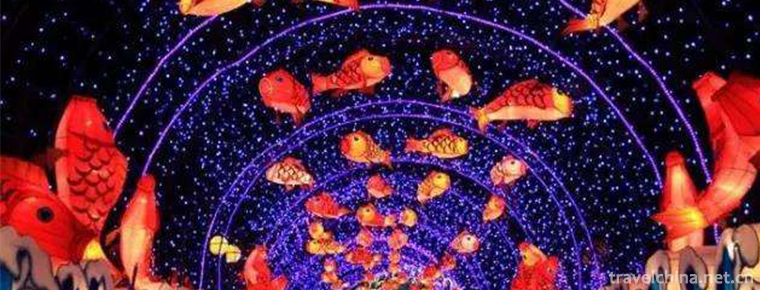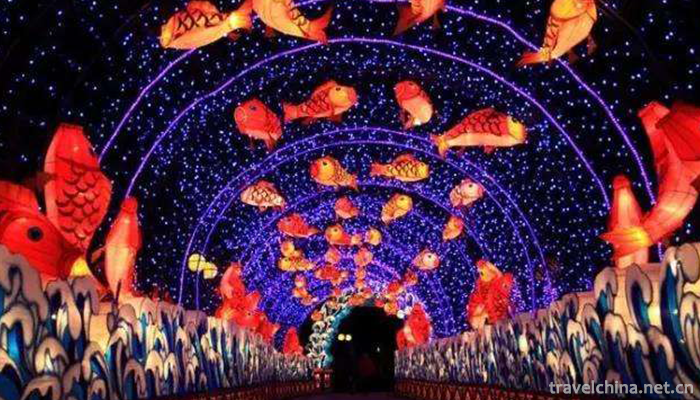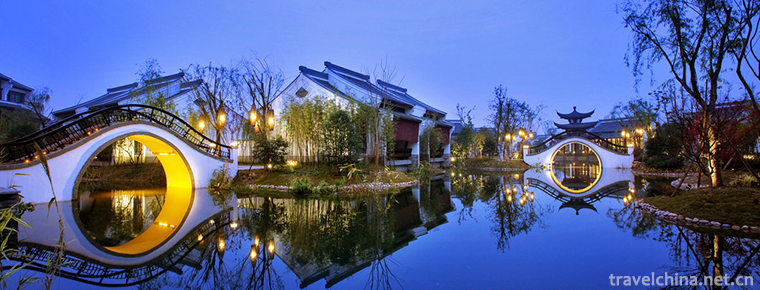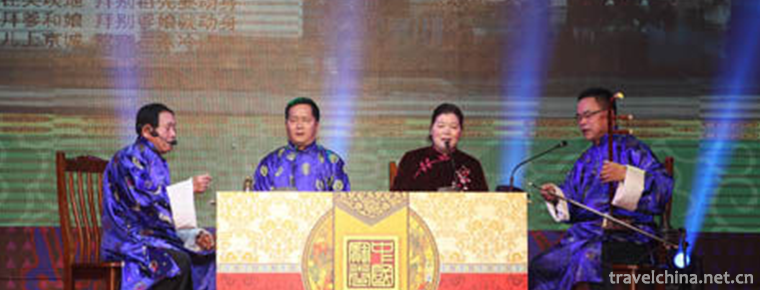2018-12-07

- By ChinaWiki.net
- Chinese Edition
- 2019-06-04
Riddle
Riddles mainly refer to hidden words, such as allusions or words, which can be guessed by others. They can also be extended to things containing mysteries. Riddles originated from ancient Chinese folk, and have gone through thousands of years of evolution and development. It is a cultural product created by the collective wisdom of the working people in ancient China.
On June 7, 2008, riddles were listed in the second batch of national intangible cultural heritage list with the approval of the State Council.
origin
Riddles originated from the ancient Chinese folk, and were created by the collective wisdom of the ancients. It is impossible to implement the right to invent riddles to a certain individual. Riddles originated from folk oral literature. They were created by our ancestors in the long-term productive labor and life practice. They are the manifestation of the wisdom of the working people. The processing and innovation of post-Confucian scholars have literary riddles. Generally known as folk riddles riddles, literary riddles as lantern riddles, also collectively known as riddles. Historical data show that during the slave society, the ancestors began to express their thoughts and feelings with obscure and tortuous ballads. According to the "Tang Oath" in the Book of Books, it is recorded that "time is lost? Let's die together." Meaning: Sun, when will you die? Let me die with you. According to legend, Xia Jie, the emperor of the Xia Dynasty, was cruel and inhumane. People complained so much that they dared not speak out and secretly expressed their resentment and anger in secret. This song uses metaphor to curse the tyrant Xia Jie. Xia Jie once said, "I have the world, as if it had a day, I would die at the end of the day." This ballad can be said to be the earliest germination of riddles in China. Another example is the Shang Dynasty short ballad "Woman Chengbasket" in "Zhouyi Guimei Shangliu", which can be regarded as one of the earliest records of riddles in our country: "Woman Chengbasket, unreal, scholar sheep, blood-free." It uses the common "contradiction method" of traditional riddles to skillfully show the shearing situation of a young shepherd couple on the pasture, and "reciprocate with each other", which makes it difficult to guess and approximate a riddle. It was just the "embryo" of the riddle. At that time, there was no such special name.
The earliest riddles, first created by the collective folk and taught orally, did not attract the attention of the literati at the beginning, so they were not reflected in the text. Thus, a long-standing folk riddle circulated orally among the working people who could not read was formed. In addition, the riddles mainly circulated in the upper society and among the literati were spread in writing.
History
After thousands of years of evolution, development and perfection, Chinese riddles have formed the present system structure.
In ancient times, when people communicated with each other in language, occasionally for some special reason, they could not express their ideas directly, but to hint at another layer of content through roundabout and tortuous language, which had the germination of "riddles".
The so-called "tortuous metaphor" language phenomenon recorded in the writings first appeared in the poems of "Tange" in the Yellow Emperor's era, "Broken Bamboo, Continuous Bamboo, Flying Earth, Pursuing Meat", which implied that people made slingshots and hunted wild animals.
By the Spring and Autumn Period and the Warring States Period, the prototype of this riddle had become very popular and had its name, which was called "parole" and "argot". Some monarchs prefer to speak in secret rather than to listen to straightforward advice. Liu Xie's Wen Xin Diao Long has a record of "Chu Zhuang Qiwei, a good sexual argot".
In the late Warring States period, Fu-style argot appeared, among which Xunzi's Supplementary Analects is the most representative. This Fu style has basically possessed the characteristics of Fu style riddles in folk riddles, which originated about 2,300 years ago.
By the Han Dynasty, there was a shooting activity, that is, putting things under objects for people to guess. Sometimes we call riddles shooting or shooting, which should be the origin.
Riddles developed greatly in the Wei, Jin, Southern and Northern Dynasties. In Liu Xie's Wen Xin Diao Long of the Southern Dynasty, he wrote: "The riddle is also the same, and the answer is to each other, making the coma also". This definition has been used up to now.
With the rapid development of riddles in Song Dynasty, a number of professional riddles and riddle societies were organized, and "lantern riddles" were born at the same time. Since then, it has created a new pattern of folk riddles and lantern riddles walking on two legs. It's about 800 years ago.
In the Yuan and Ming Dynasties, riddles continued to prevail after the Song Dynasty, and the Mongolian people liked to play riddles. In the Ming Dynasty, there appeared some treatises on riddles and collections of riddles, including Feng Menglong's Huangshan riddle, Huang Zhou Xing's Forty Notes of Biaoci and He Congshan's Qianwenhu.
After the mid-Qing Dynasty, Chinese riddles entered a mature stage, and literary riddles became popular. People pursue the rigorous closure of riddles and gradually abandon the long and protracted face sentences. They advocate the use of idioms or popular sentences that are familiar to the public. In addition, riddles are expanded from the original words, things and names to hundreds of schools of thought, four books and five classics, even colloquialisms, traditional Chinese medicine, place names and Book names. It greatly broadens the riddles and promotes the provision and popularization of riddles.
Today in history, this ancient traditional culture has gained new life. Riddle-guessing activities have flourished throughout the country. Mass riddle organizations have been set up in cultural centers and clubs, and riddle fans'associations have been set up in many areas. The content and form of lantern riddles have also been greatly innovated, and lantern riddles have really become the gorgeous flowers rooted in the masses.

Ask a Question
Your email address will not be published.



0 Questions